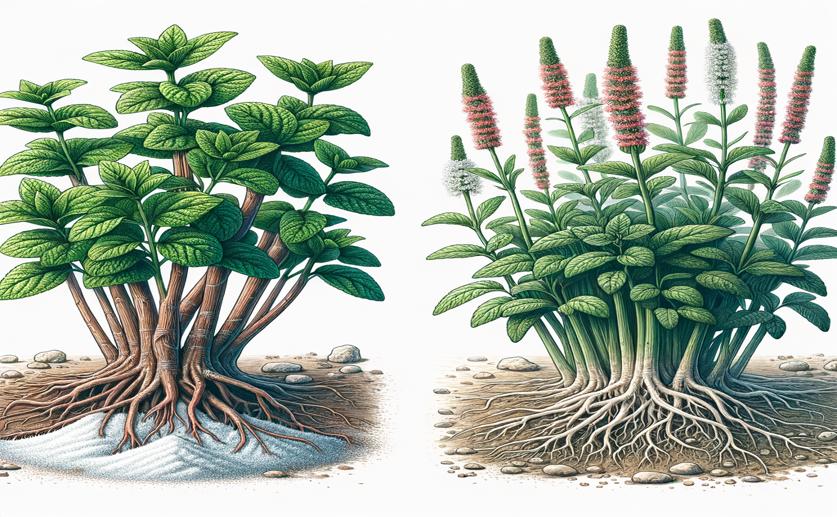
How Two Types of Licorice Plants Withstand Salt Stress
Jim Crocker
12th April, 2024

Image Source: Natural Science News, 2024
Key Findings
- In China, G. inflata licorice tolerates salty soils better than G. uralensis
- G. inflata manages salt by controlling sodium intake and boosting potassium and calcium uptake
- The plant's salt tolerance is linked to specific gene activity, aiding nutrient regulation and stress defense
References
Main Study
1) Integrative physiology and transcriptome reveal salt-tolerance differences between two licorice species: Ion transport, Casparian strip formation and flavonoids biosynthesis.
Published 11th April, 2024
https://doi.org/10.1186/s12870-024-04911-1
Related Studies
2) Silicon improves ion homeostasis and growth of liquorice under salt stress by reducing plant Na+ uptake.
3) The physicochemical approaches of altering growth and biochemical properties of medicinal plants in saline soils.
4) Na+ transport in plants.
Journal: FEBS letters, Issue: Vol 581, Issue 12, May 2007



 8th April, 2024 | Jenn Hoskins
8th April, 2024 | Jenn Hoskins